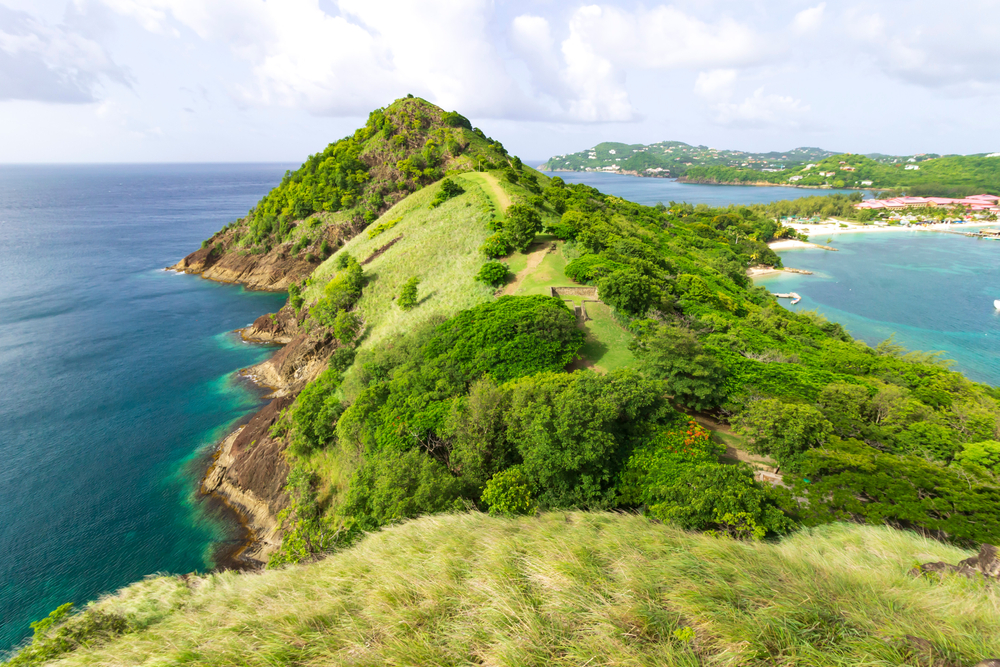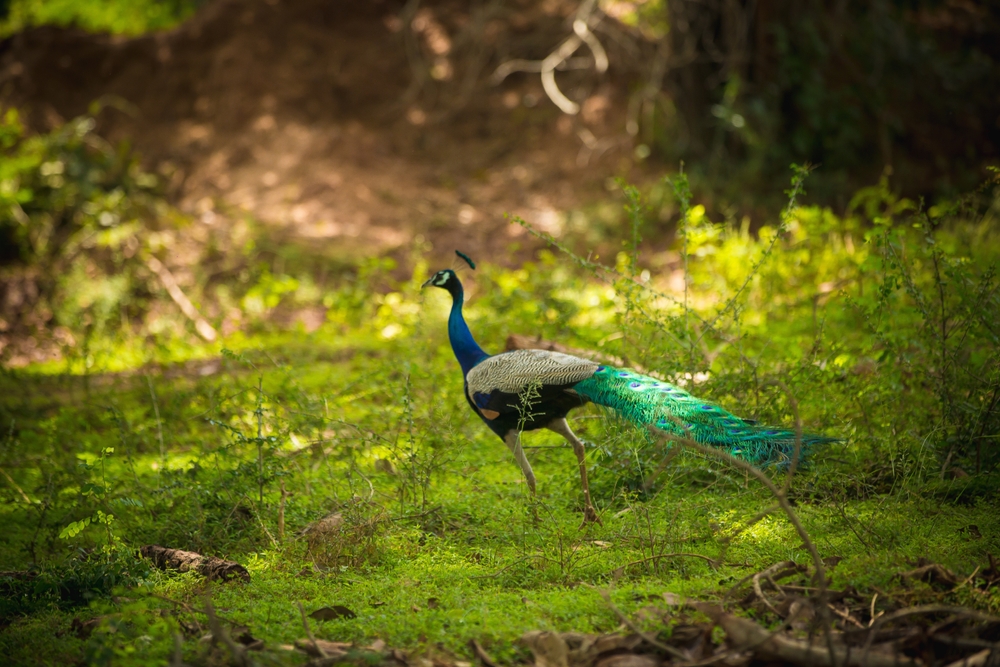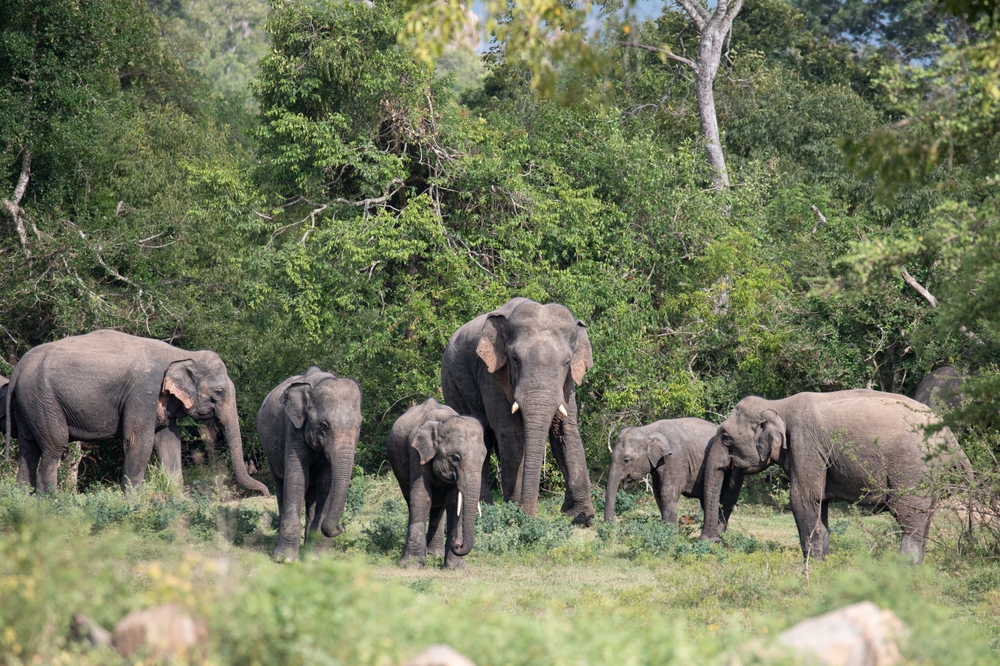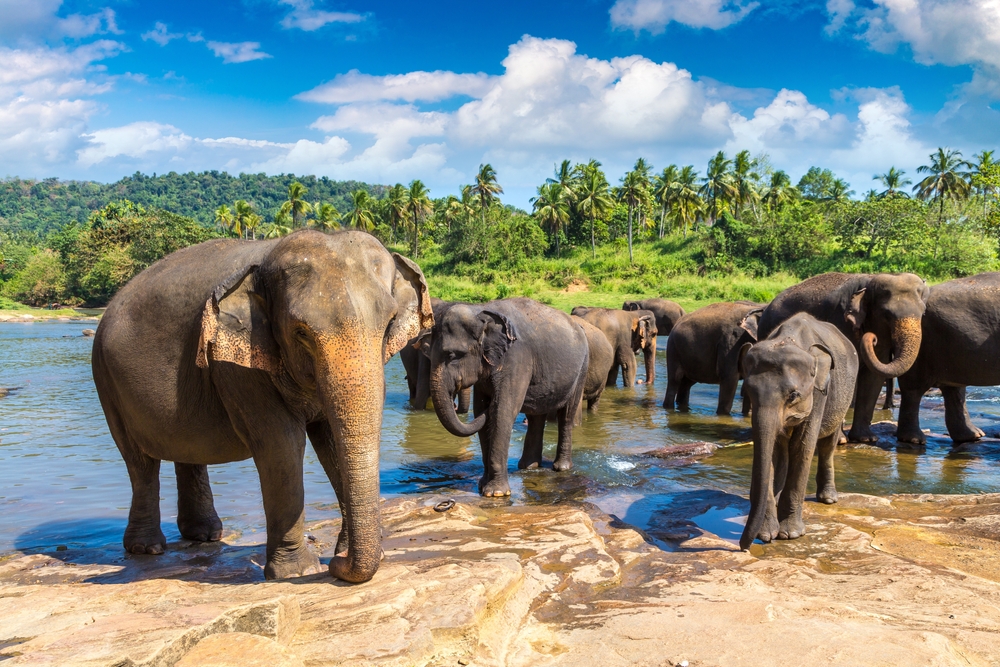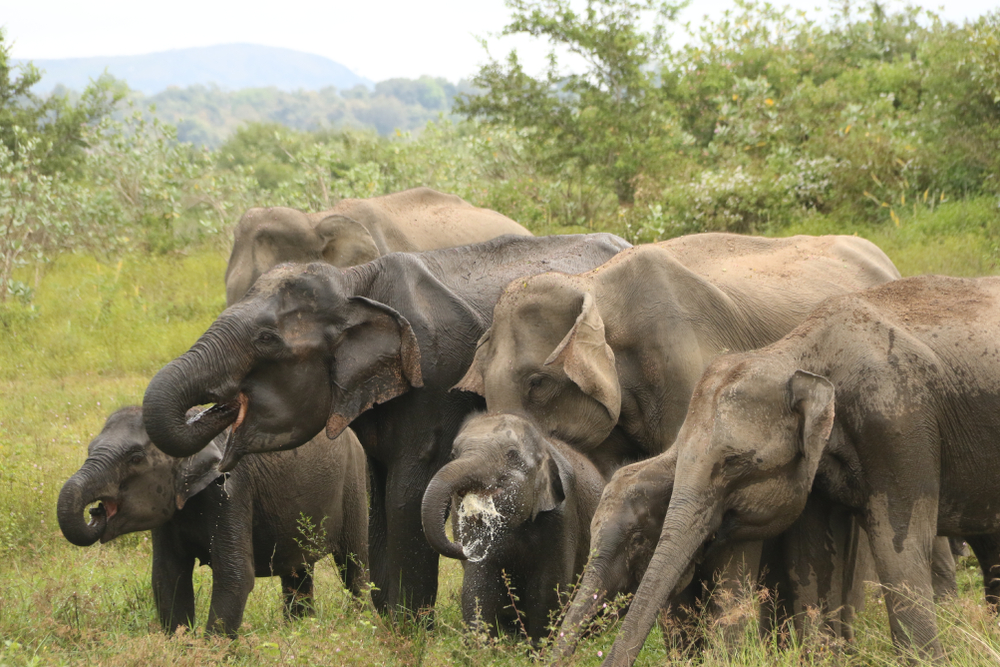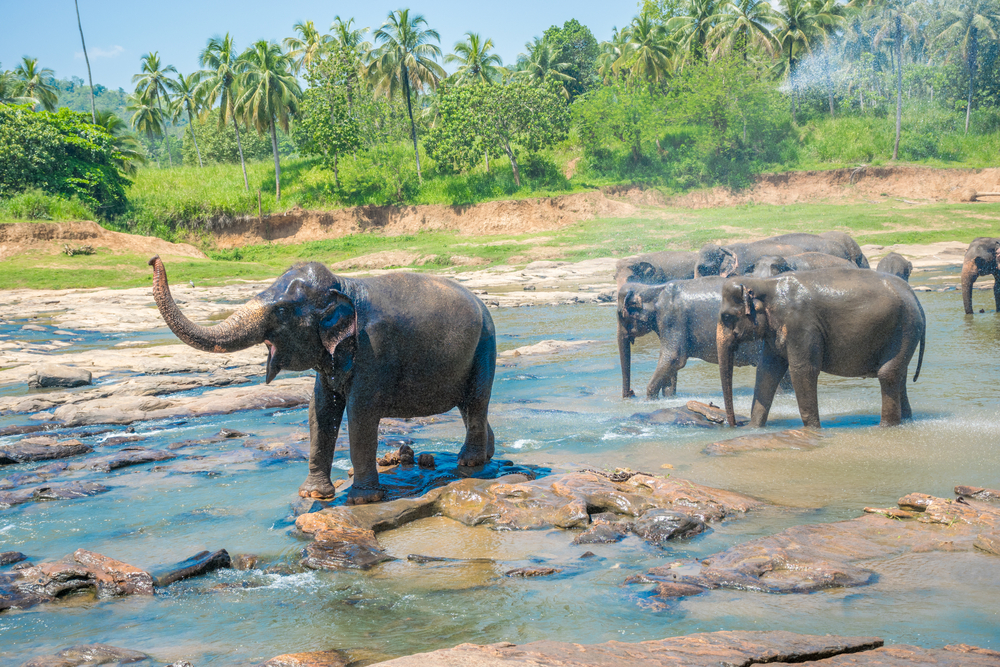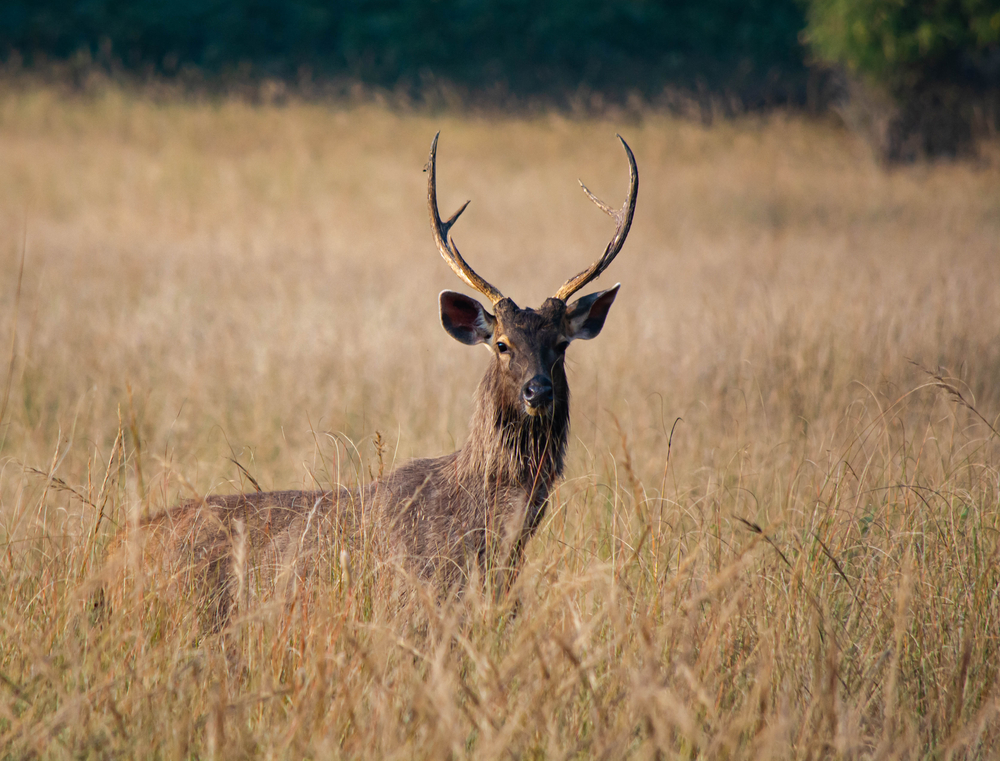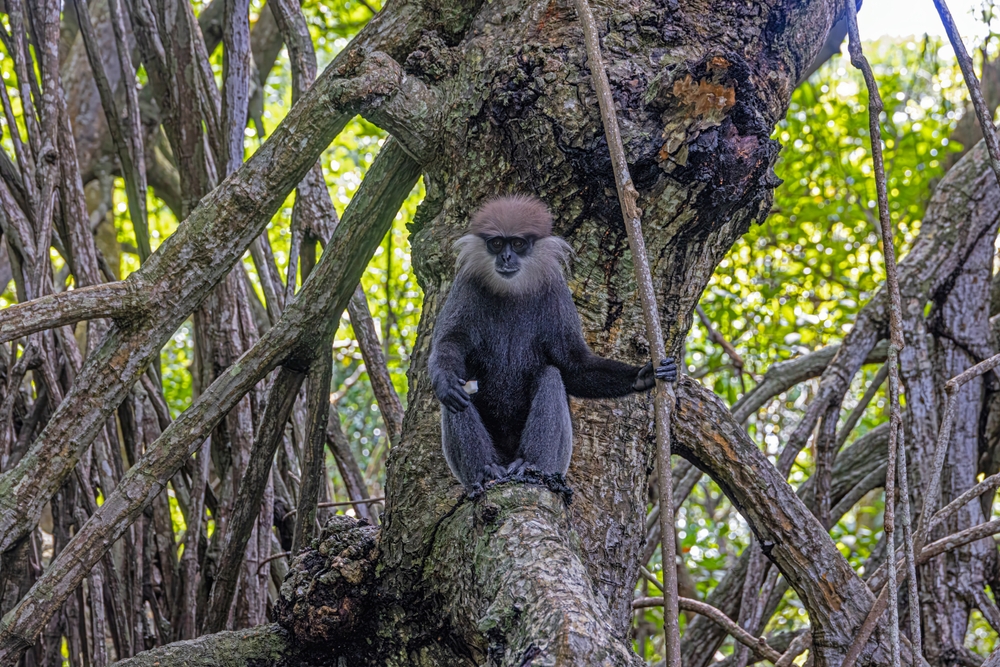Pigeon Island Overview
Pigeon Island National Park, located just off the coast of Nilaveli in Sri Lanka’s Trincomalee District, is one of the country’s most treasured marine parks. Encompassing an area of approximately 1.8 square miles (4.7 square kilometers), the park comprises two small islands, aptly named Large Pigeon Island and Small Pigeon Island, separated by a shallow lagoon. The park is named after the rock pigeons that inhabit the area and is renowned for its vibrant coral reefs and incredible biodiversity, making it a top destination for marine enthusiasts and nature lovers alike.
The landscape of Pigeon Island National Park is a striking blend of rocky islets fringed by soft sandy beaches and surrounded by crystal-clear waters. Beneath the surface lies one of the most pristine coral reef ecosystems in Sri Lanka, featuring over 100 species of coral that create a kaleidoscope of colors. The shallow reefs are dotted with underwater canyons and ridges, providing shelter to countless marine species. On the islands themselves, the terrain is rocky with sparse vegetation, and the natural beauty is complemented by the serene turquoise backdrop of the Indian Ocean.
The park’s underwater world teems with life, making it a haven for wildlife enthusiasts. The coral reefs host an incredible array of marine species, including blacktip reef sharks, moray eels, and a wide variety of reef fish such as parrotfish, butterflyfish, and clownfish. Sea turtles, including the hawksbill and green turtles, are commonly seen gliding through the waters. Birdwatchers can spot the eponymous rock pigeons, as well as other avian species that occasionally visit the islands. The biodiversity extends beyond the water, with small reptiles and crabs inhabiting the rocky shores.
Pigeon Island National Park is famous for snorkeling and diving, offering visitors an unparalleled opportunity to witness its underwater splendor. The shallow waters around the islands make it accessible even to novice snorkelers, while experienced divers can explore deeper sections of the reef. The park also draws visitors interested in birdwatching, photography, and beachcombing. While there are no overnight facilities on the islands, boat tours from Nilaveli make the park an easy day trip.
The park faces several conservation challenges, particularly due to the impact of tourism and climate change on its fragile coral reefs. Unregulated snorkeling, anchoring of boats, and pollution have contributed to coral degradation over the years. However, efforts by the Sri Lankan government and local organizations have led to increased awareness and stricter enforcement of conservation regulations. Measures such as restricting visitor numbers, designated snorkeling zones, and educating tourists about eco-friendly practices are helping to protect this unique ecosystem.
Despite these challenges, Pigeon Island National Park remains a vital sanctuary for marine life and a symbol of Sri Lanka’s commitment to preserving its natural heritage. Visitors who explore this park leave with a deeper appreciation for its vibrant biodiversity and the importance of protecting such ecosystems for future generations.








































































